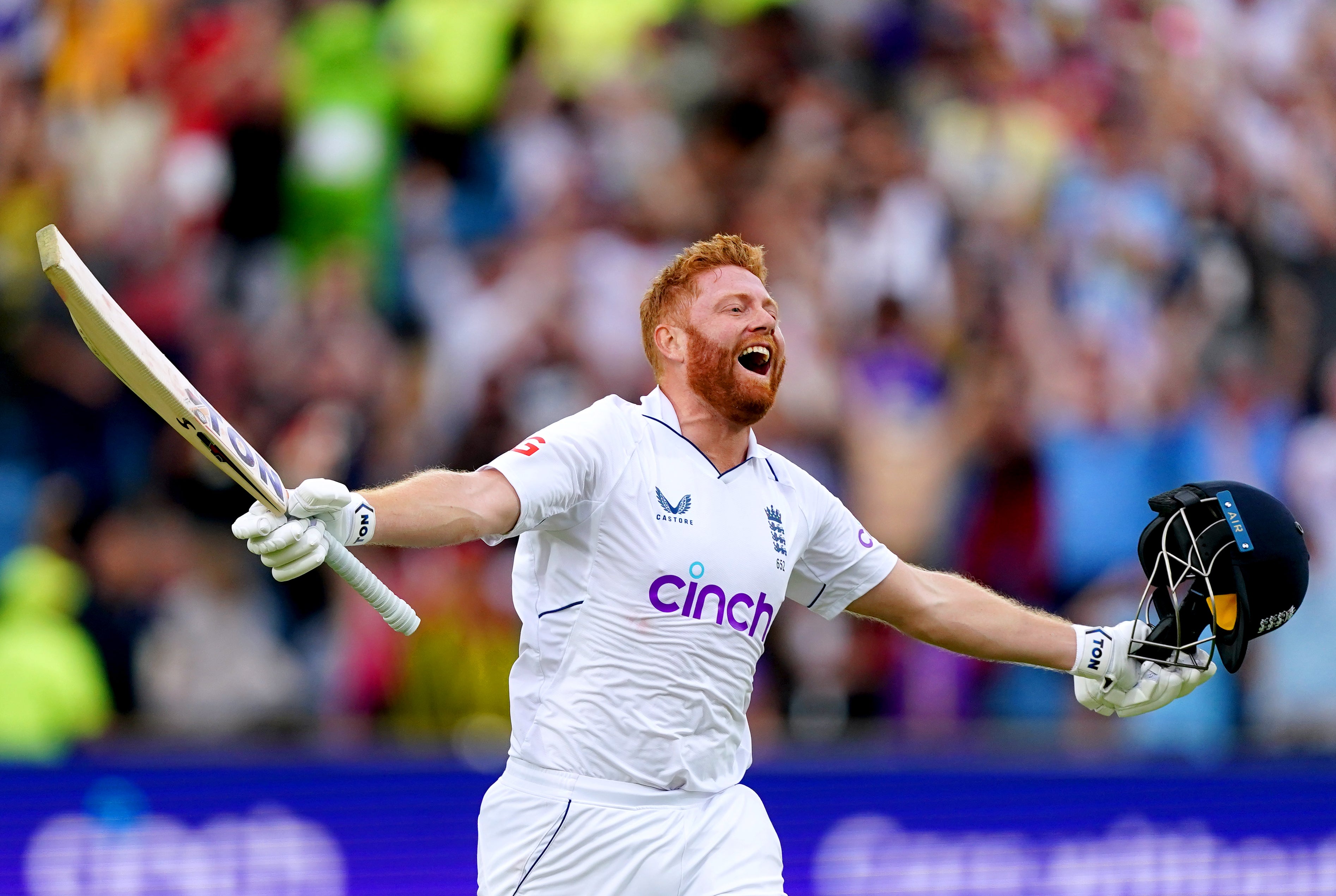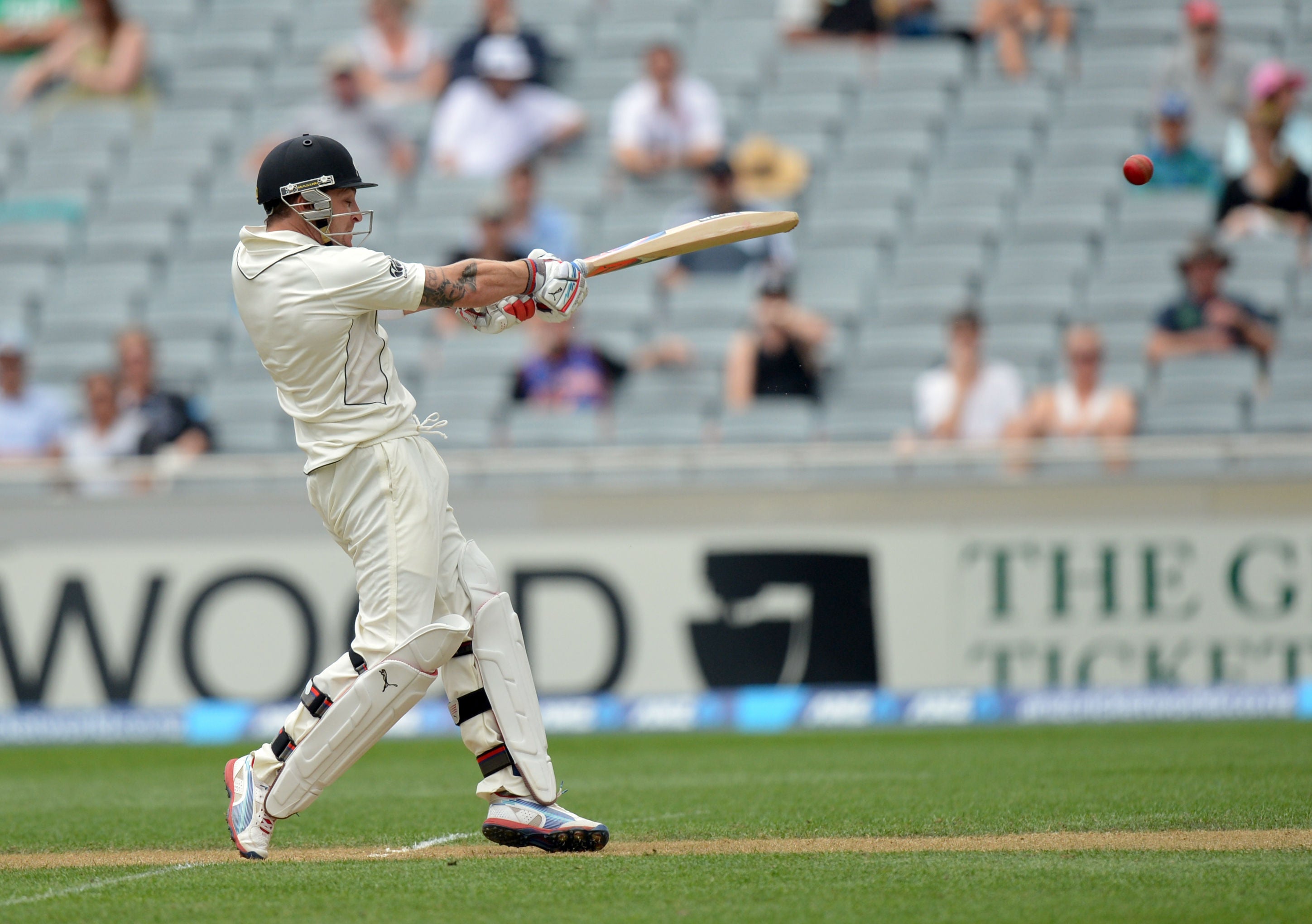
England’s new Test era started in exactly the promised style with a thrilling, aggressive 3-0 series win over New Zealand.
Playing in new coach Brendon McCullum’s image, they got the better of his former side in a series packed with far more excitement than the final scoreline suggests.
Here we pick out some of the most noteworthy statistical accomplishments along the way, with Jonny Bairstow leading the way.
Thrill of the chase
England batted second in all three Tests and successfully chased fourth-innings targets of 277 in the first Test, 299 in the second and then 296 in the third.
That made them the first team in history to chase over 250 in the final innings to win in three successive Tests.
Australia previously came closest with three such chases in five Tests in early 2006 – winning the third and sixth Tests of a series against South Africa with 288 for two and 294 for eight respectively and following up with 307 for seven to beat Bangladesh.
There have only ever been 71 winning scores of 250-plus in the fourth innings, with England’s series matching New Zealand’s all-time tally of such wins. With 15 all-time, they trail only Australia (18).
Jonny be good

If one player exemplified the new approach, it was Bairstow in the latter half of the series.
Scores of one, 16 and eight in his first three innings would have worried most teams, but, if the pressure was on in the second innings at Trent Bridge, particularly coming in at 56 for three, he responded in the perfect fashion.
He smashed 136 off 92 balls, with 14 fours and seven sixes, before captain Ben Stokes saw England home to a winning score of 299 for five, and Bairstow then added 162 on his home ground of Headingley to rescue his side from 17 for three and 55 for six.
That 157-ball innings made him only the fourth batter ever to score hundreds in back-to-back Tests at strike rates over 100, following Pakistan’s Shahid Afridi, Tamim Iqbal of Bangladesh and a certain McCullum for the Black Caps in 2014, with 202 off 188 balls against Pakistan followed by 195 off 134 against Sri Lanka.

As an encore, Bairstow added England’s second-fastest Test half-century in just 30 balls in the second innings in Leeds. Only Sir Ian Botham has ever got to 50 quicker in an England innings, in 28 balls against India in Delhi in 1981.
An eventual 71 not out from 44 balls took Bairstow to 394 runs for the series, with his strike rate of 120.12 higher than anyone ever to score that many runs in a Test series.
A wicketkeeper generally playing as a specialist batter, providing quick Test runs in the middle order while often opening in white-ball cricket, McCullum may have found his ideal analogue in his new home.
Spare a thought for Mitchell
One of the main reasons England were unable to simply brush their visitors aside was the impressive form of Daryl Mitchell, who made a century in each match and two fifties for good measure to finish with 538 runs at 107.60 in the series.
That is the most ever in a three-match series against England and he became only the fourth batter this century to make three tons on a tour of these shores – so to come out on the losing side in all three Tests was desperately unlucky, with England players providing the only precedent.
Jack Hobbs made centuries in three straight defeats to Australia in 1924-25, as did Allan Lamb against the West Indies in 1984 – both in five-match series, which England lost 4-1 and 5-0 respectively.







